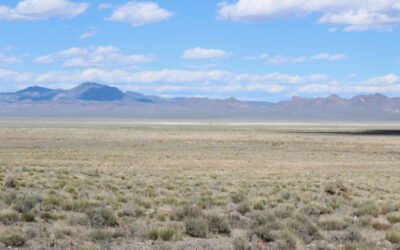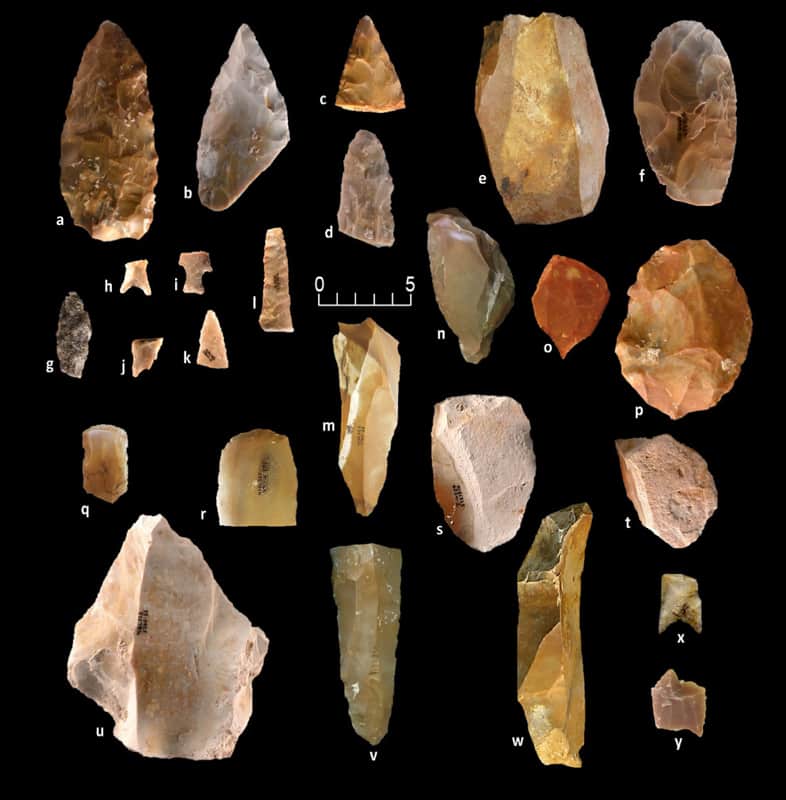A group of scientists led by Christina Neudorf and Teresa Wriston will develop and refine a new technique in luminescence dating.
Gault site research pushes back date of earliest North Americans
Stone tool assemblage recovered from the Gault Site. Credit: Produced by N Velchoff, The Gault School of Archaeological Research. Luminescence dating confirms human presence in North America prior to 16 thousand years ago, earlier than previously thought July 20,...

